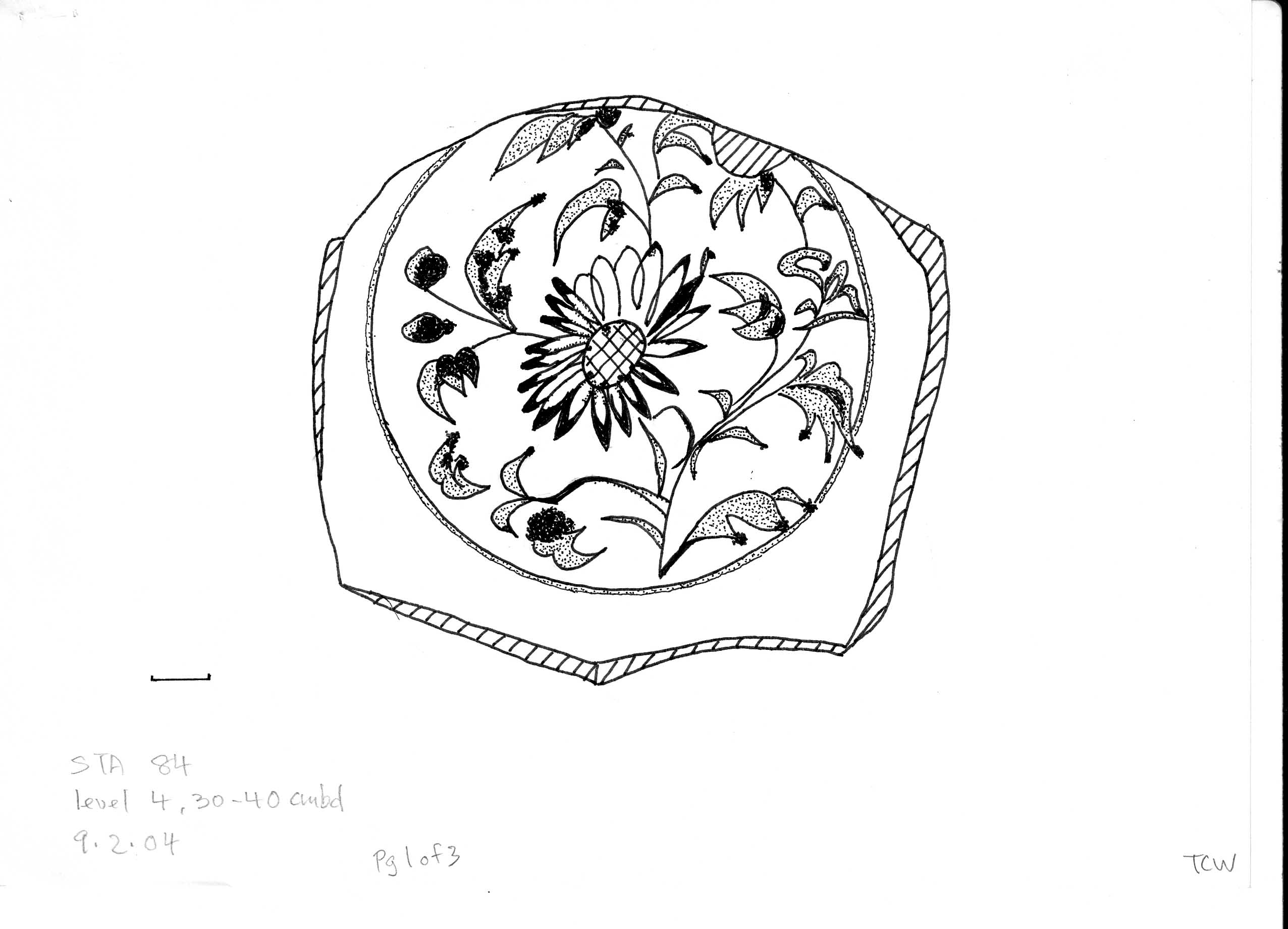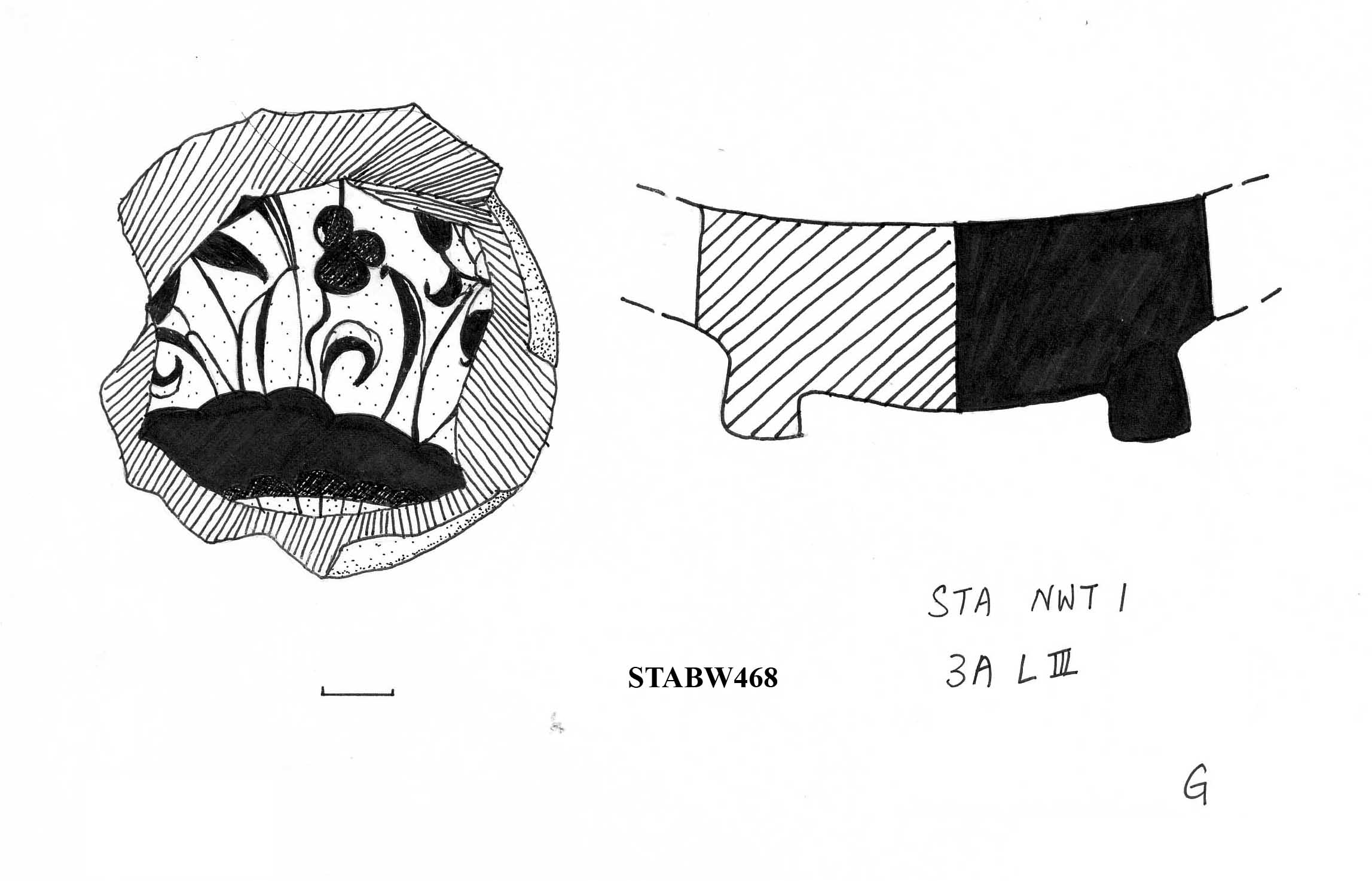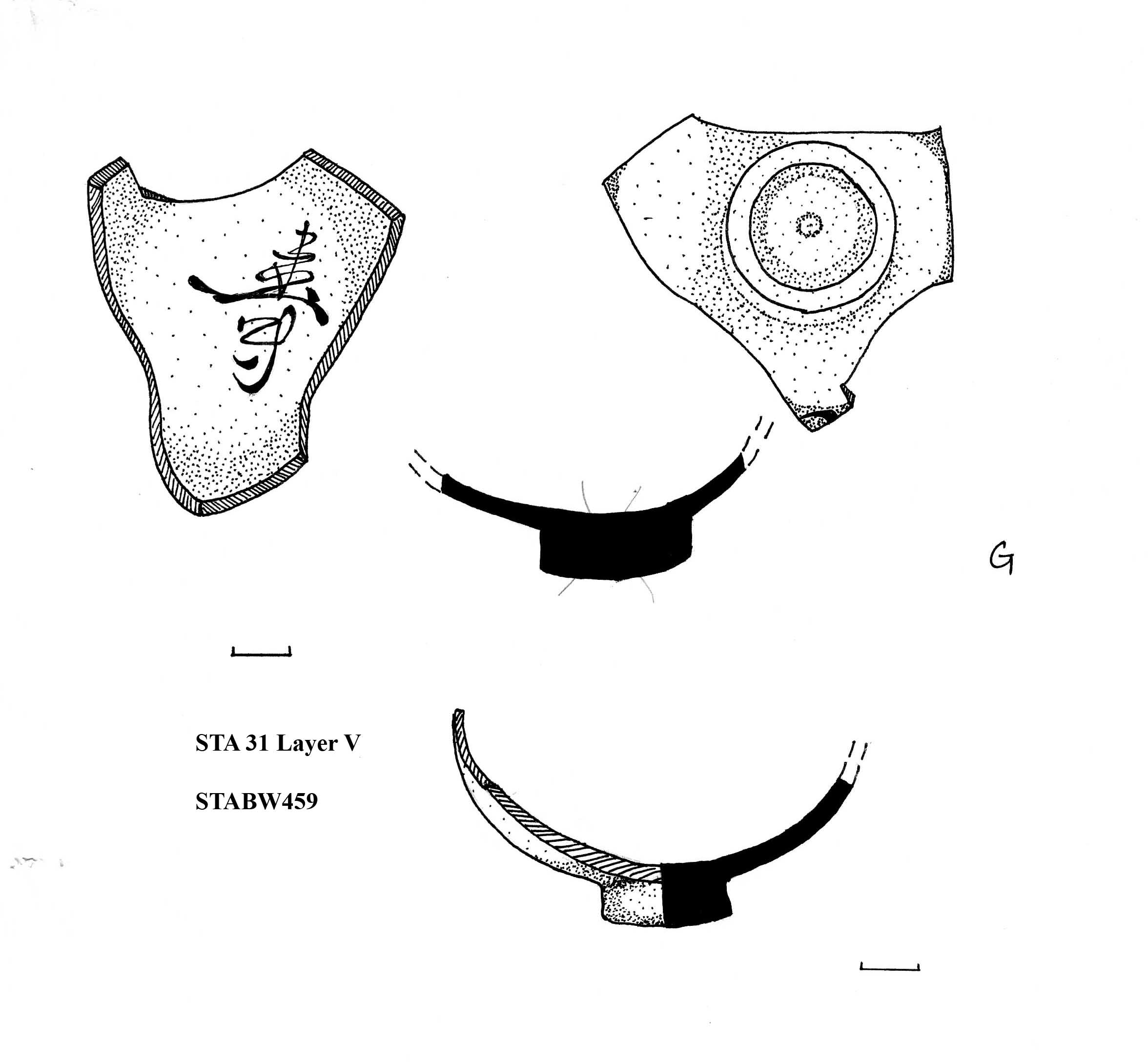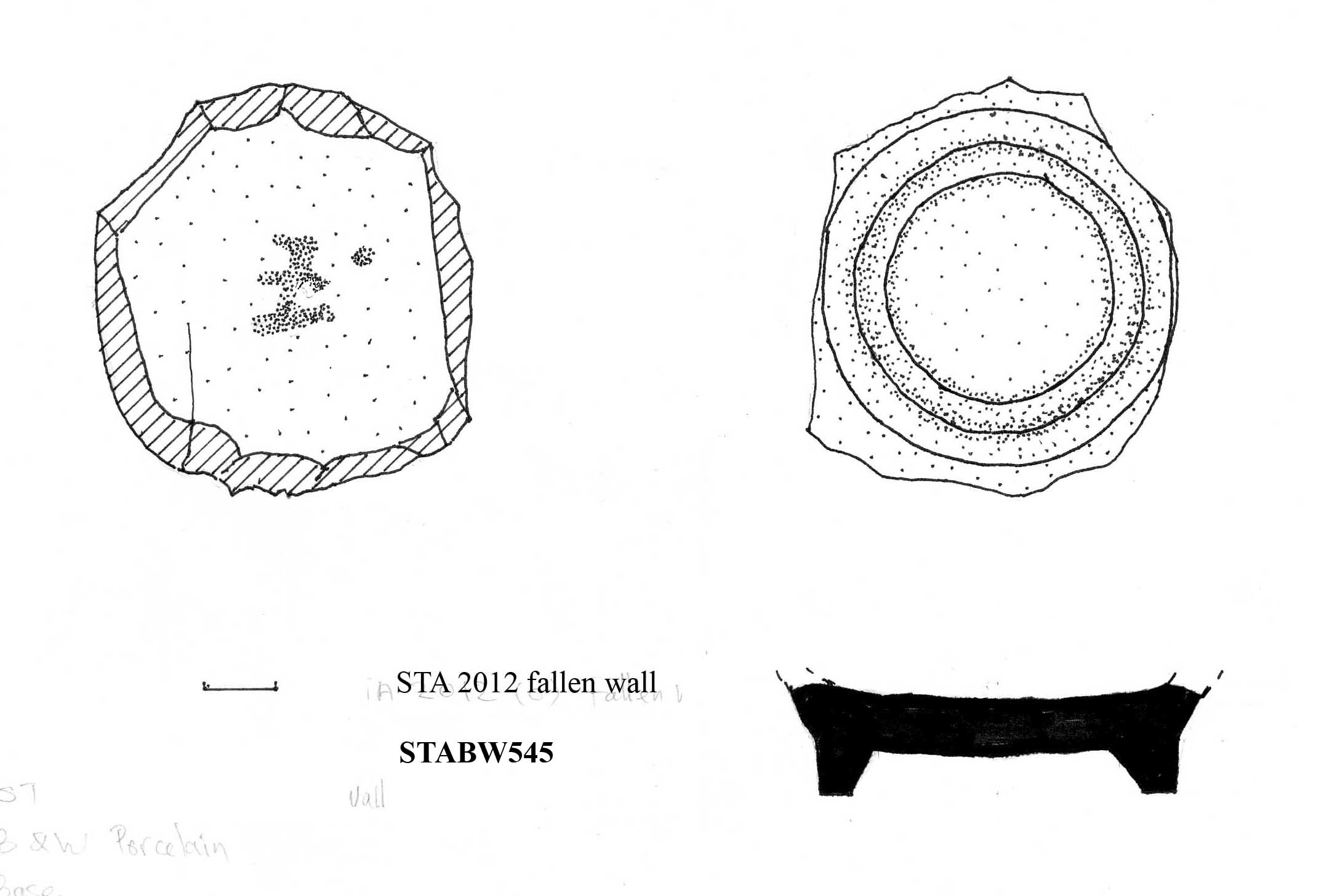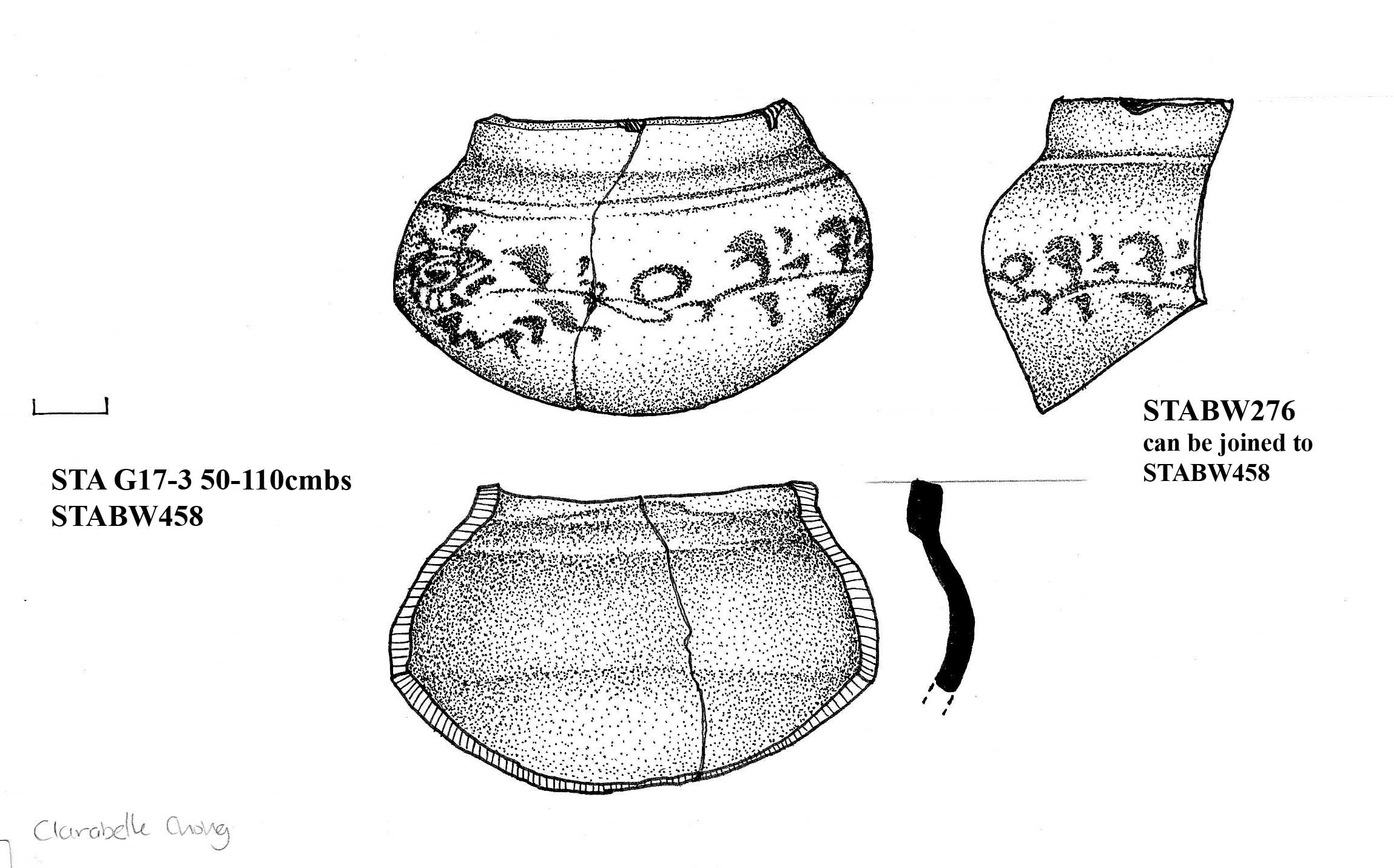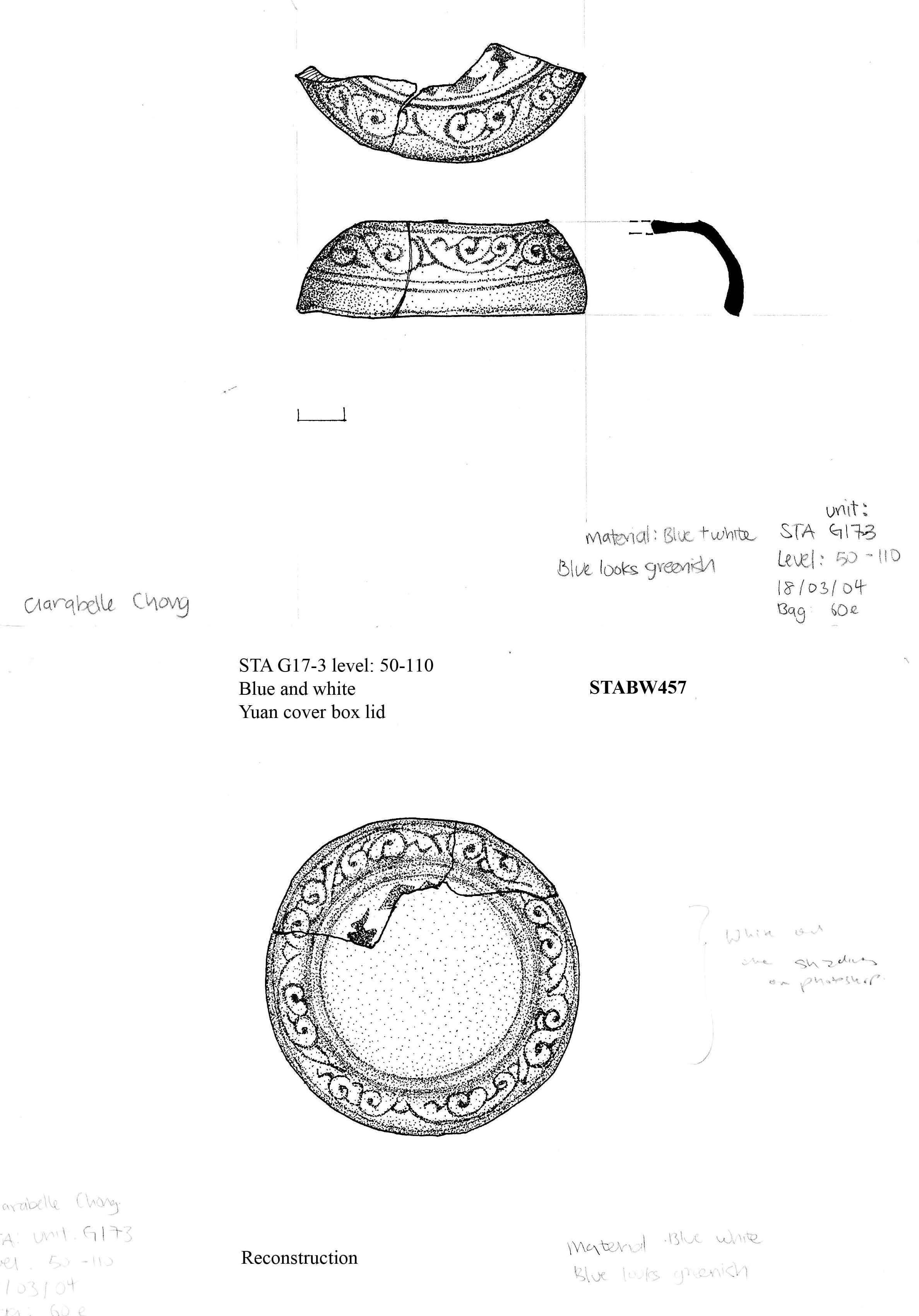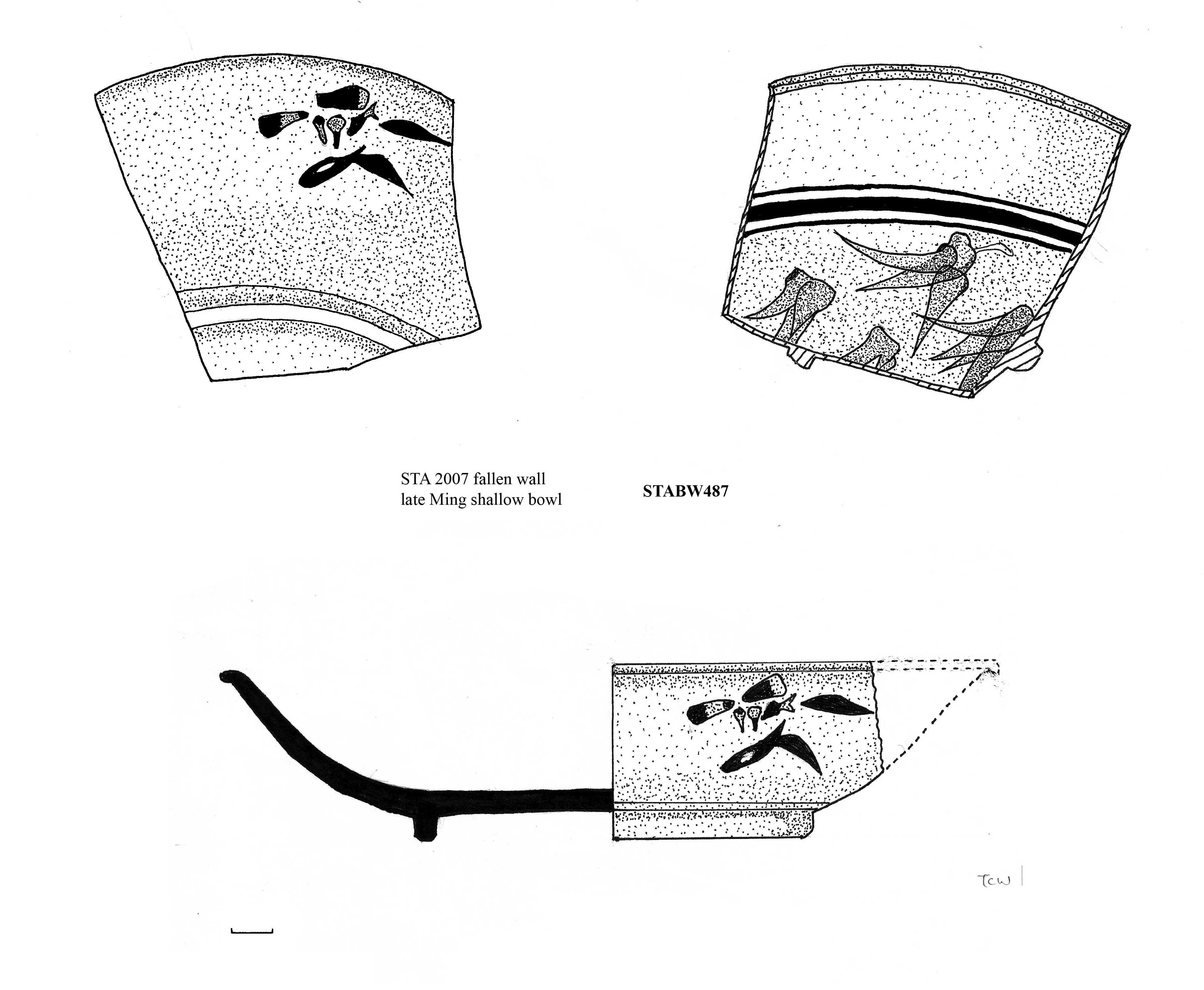The basic soil type of the Cathedral grounds was a fine white sand, similar to that excavated at the same time at the Singapore Cricket Club (SCC) site. This discovery yielded the first inference that the account of Sri Tri Buana’s voyage to Singapore in order to see the white sandy beach he saw from afar was not purely fantasy, but was based on a memory of the actual appearance of the shore at the beginning of the 14th century. Settlement on the sand beginning around 1300 quickly stained the upper layer of the sand black, but beneath that horizon the lower stratum retained its white colour. This soil was extremely easy to excavate, but its loose texture created favourable conditions for possible mixing of artifacts from different phases. Fortunately this did not seem to be a problem, but occasionally profiles of the excavation collapsed, resulting in a lack of stratigraphic clarity for some artifacts.
Several 14th-century Chinese jars were discovered in intact condition, indicating that they had been intentionally buried. The reason(s) for this are unknown. Important artifact types from the site which are rare or non-existent at other Temasek-period sites include a stone peg (perhaps a touchstone for assaying gold), carnelian beads, a Sri Lankan coin, an Indian glass bangle similar to one found on Fort Canning, a Yuan dynasty 10-cash coin, a gun flint perhaps used by one of the sepoys in the East India Company in the early 19th century, a 19th-century Thai coin (perhaps brought by Chulalongkorn on the occasion of his famous visit), two sherds of 17th-century Chinese ceramics, a piece of gold wire, a significant amount of Ming dynasty porcelain, and some Vietnamese porcelain.
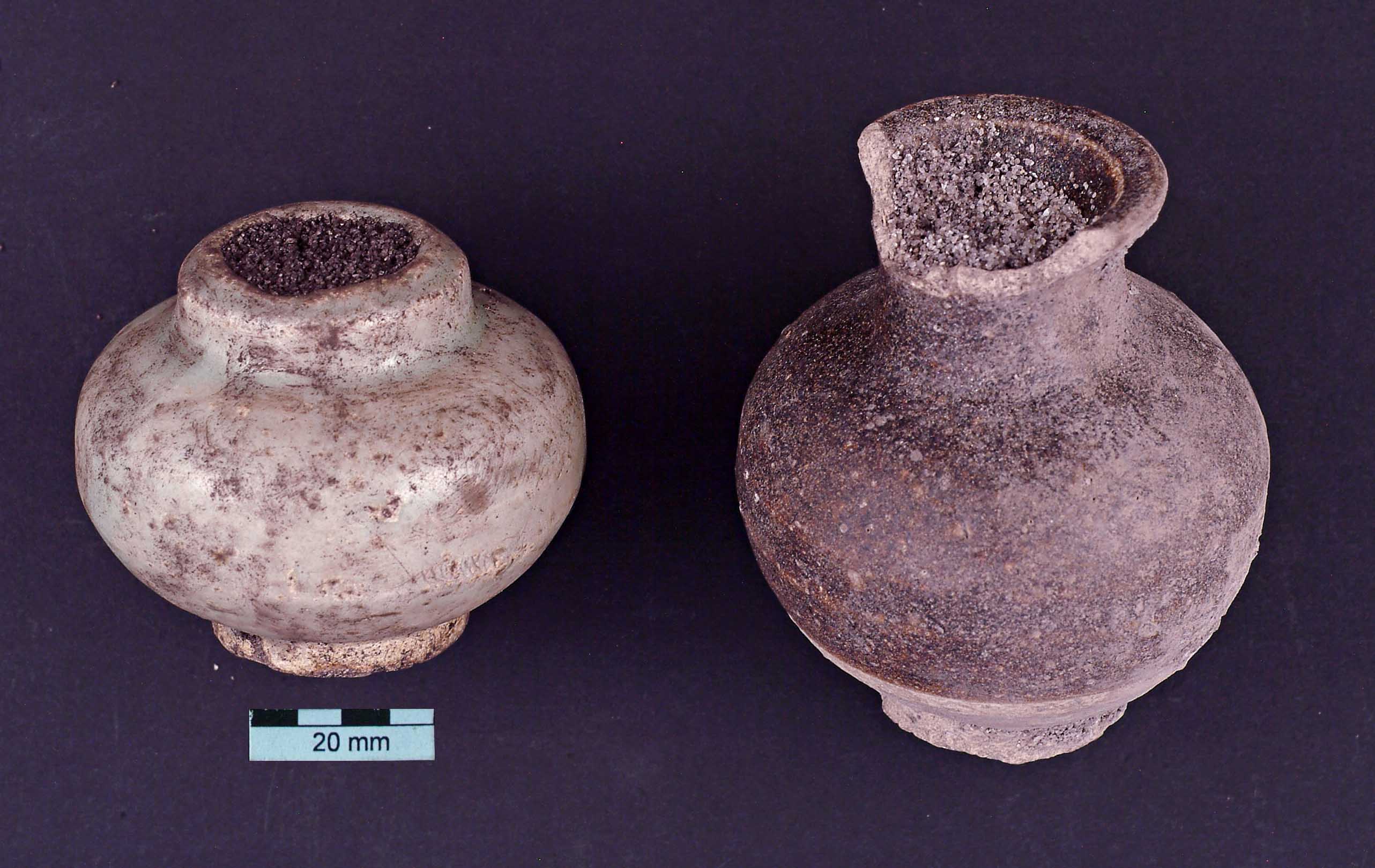
The nature of the occupation at STA is not known with certainty. There is little or no evidence of industrial processes such as slag from metalworking. There are no postmolds, which is suggestive but not conclusive evidence against the existence of wooden structures on the site. The presence of intact buried ceramics suggests some ceremonial activity, but it is not clear whether this was communal or at the household level (such as burial of afterbirth in Malay culture). The proximity of the site to the Freshwater Stream (now Stamford Canal) might have influenced the use of the site in some way, possibly connected with the collection and use of fresh water.
In an area of the size of this excavation, it is possible to search for sub-areas within the site so that more than one type of activity might have been conducted there. It will only be possible to resolve questions of this sort when a larger sample of the artifacts from STA and other sites have been quantified. This is an important project for the future. This database project enables visitors to the site to get a sense of the wide range of artifacts found at each of them. This in itself makes it possible to conduct some comparative studies. This project does not however make it possible to compare percentages of similar artifacts at different sites. This is an important subject for further research.
Preliminary discussion on the selection of artifacts for the database
Due to the large size of the assemblage at STA, estimated at 300,000 artifacts (the team has not completed a tally of all the artifacts), only a proportion of the artifacts had been selected for analysis and data entry. The selection has been made on two considerations: 1) range of type of objects, 2) artifacts which yield important information, i.e. artifacts with the most attributes, and in this case, the ceramics in the database comprise feature sherds, such as bases, rims, lugs, mouths, and decorative features.
The database linked to this report shows the range of types of material which are excavated from the STA sites. The database also contains proportionally more artifacts from the 14th-16th century period. This is due to two factors: 1) the field team’s excavations yielded greater quantities of artifacts from the 14th-16th century layers compared to the 19th-20th century, and 2) the 14th-16th century forms the focus of the research project supported by the NHB HRG grant, one of its main goals being the comparison of the materials between STA and the Fort Canning Spice Garden site (see the report in Singapore Archaeological Site Reports series).
Among the datasets, there are a few complete lists such as the blue and white porcelain of the 14th-16th century, copper red underglazed white porcelain, iron-spotted qingbai, iron-spotted green porcelain, and Cizhou ware.
As the artifacts examined comprise approximately 1.6% of the entire STA assemblage, it is important to note that the project here demonstrates the STA site provides an interesting example on which we can construct a hypothesis regarding the rich range of artifacts which was imported into ancient Singapore society (1300-1600), and were used by likely a diverse population connected with the STA site. While contrasted with the other sites in Singapore, such as Fort Canning and other sites covered in this archaeological site report series, it provides important information for researchers to construct hypotheses which can be tested regarding 14th-16th-century Singapore society and its consumer culture.
A few unique artifacts from STA
Presented here in this section is a sample of a few unique artifacts in the STA assemblage:
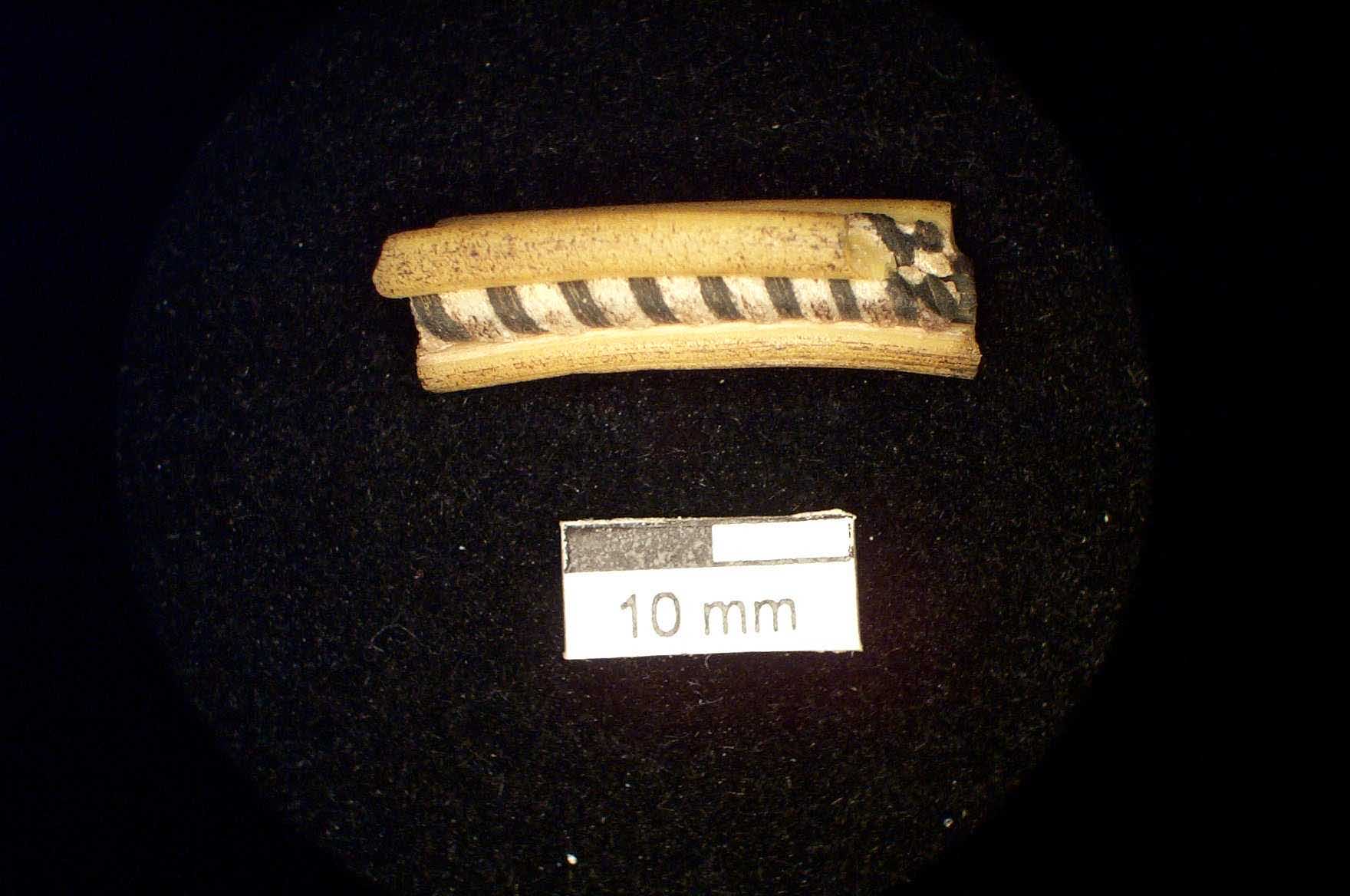
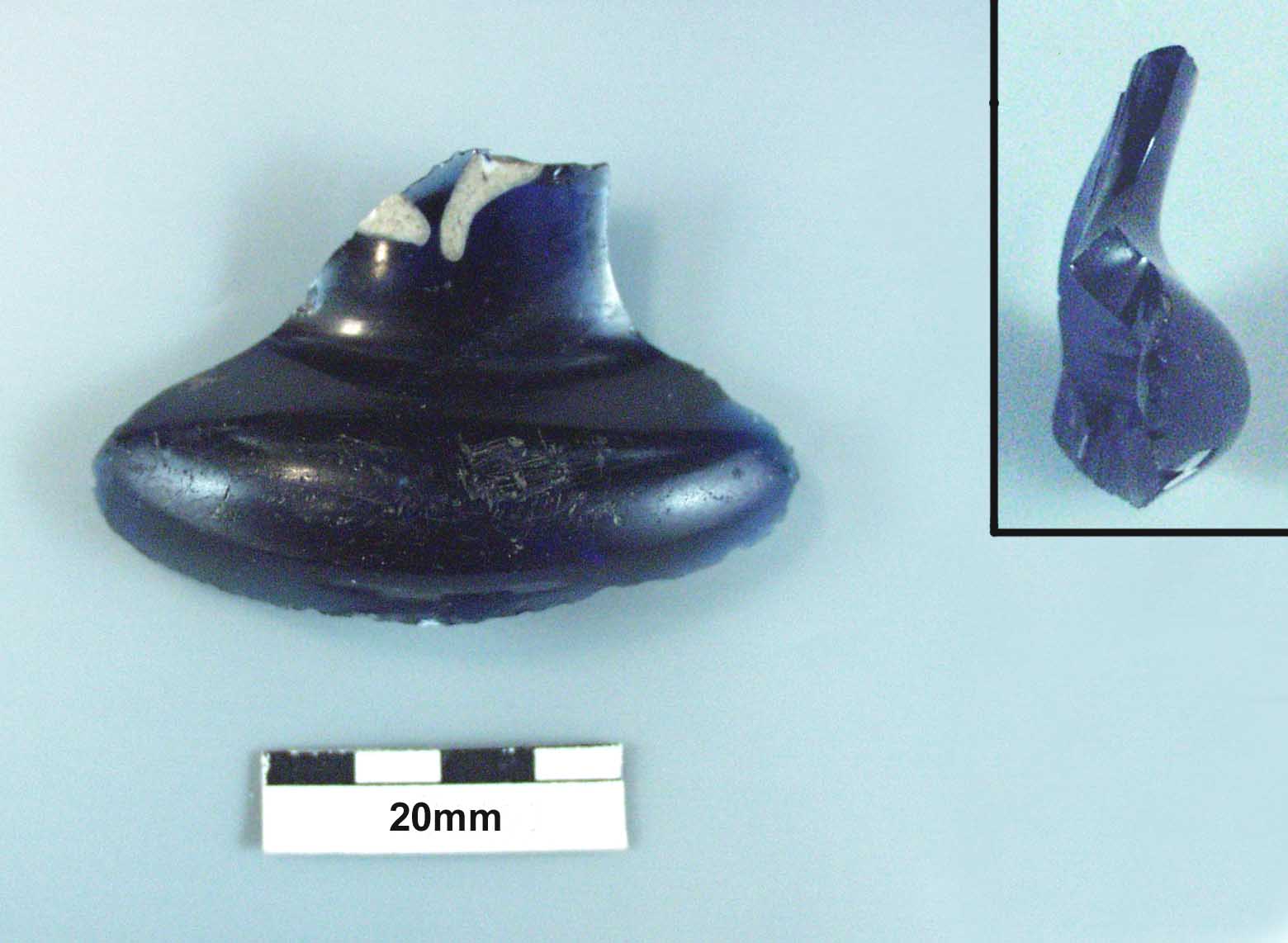

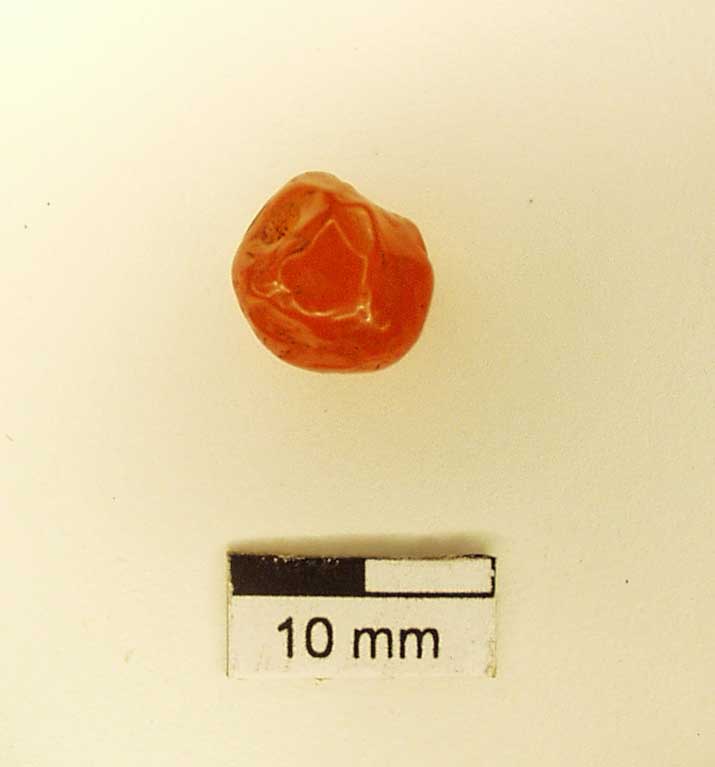
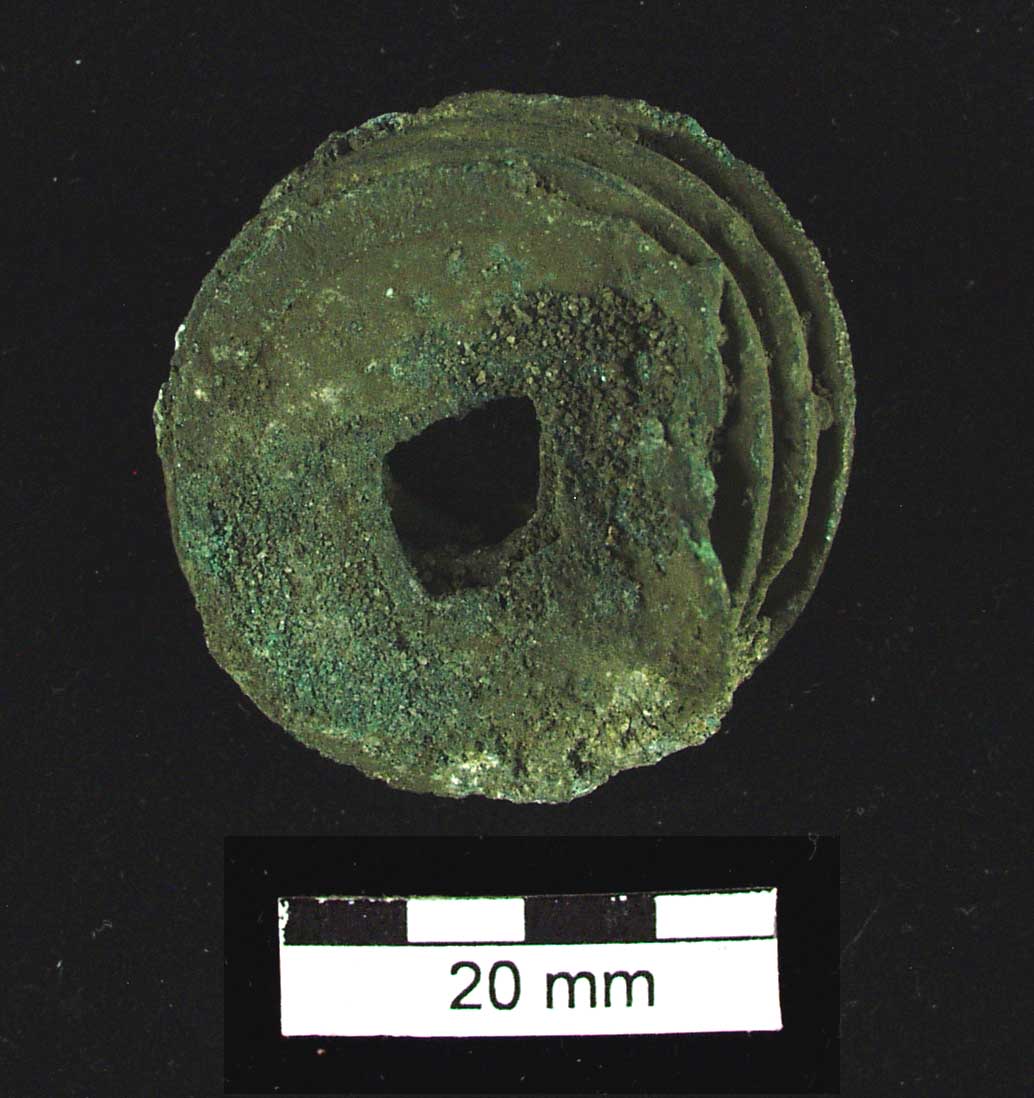

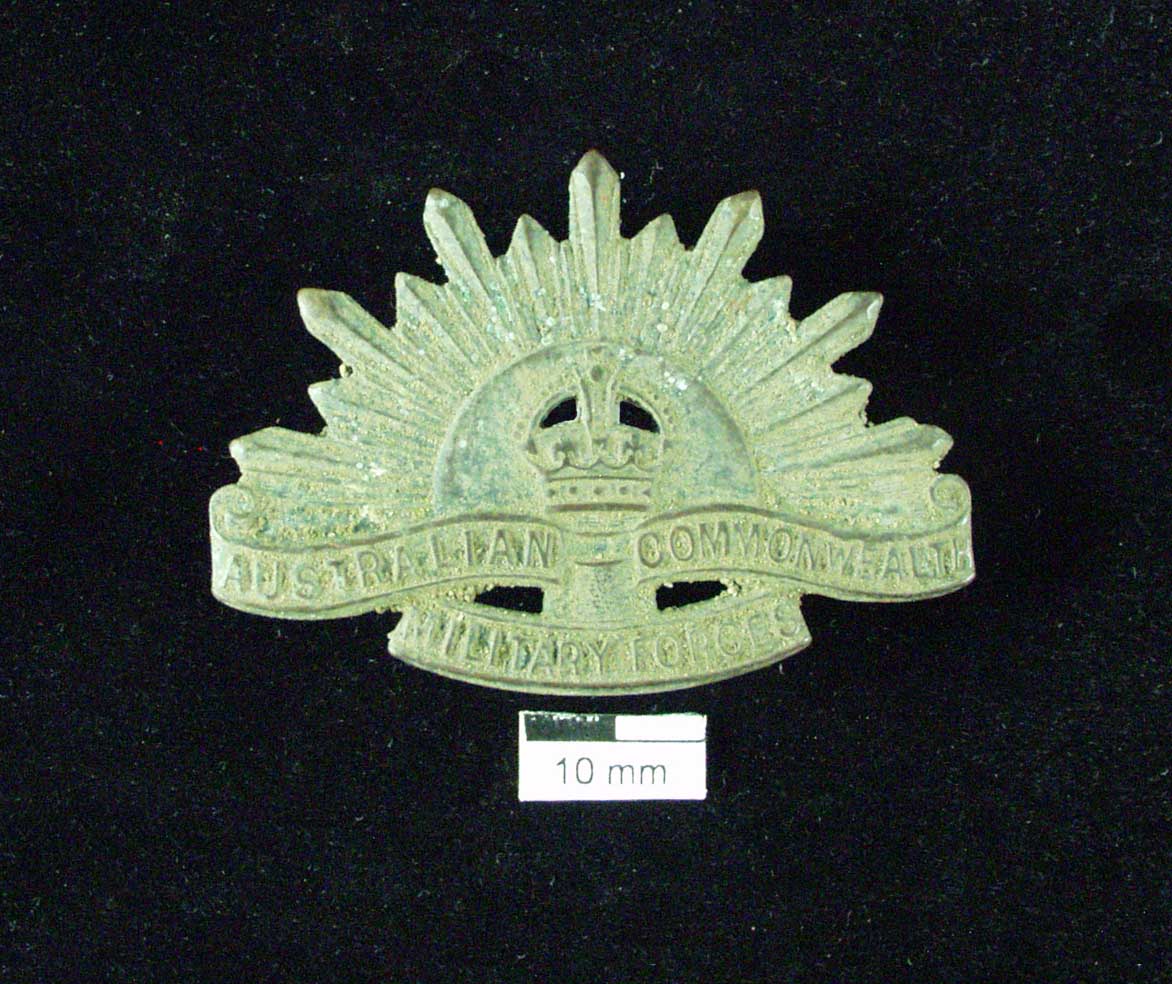
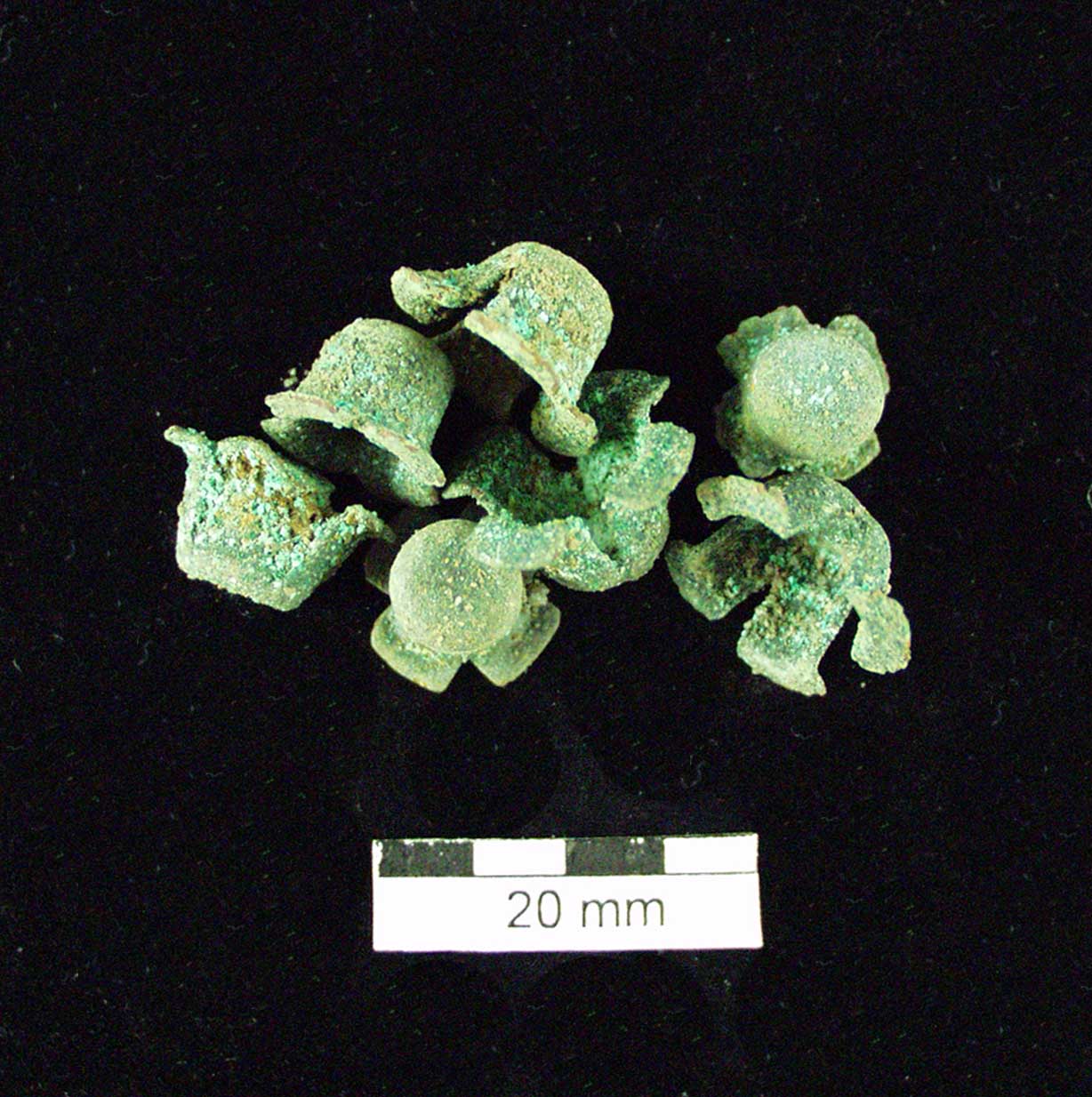
A Selection of Illustrations of the STA Artifacts
